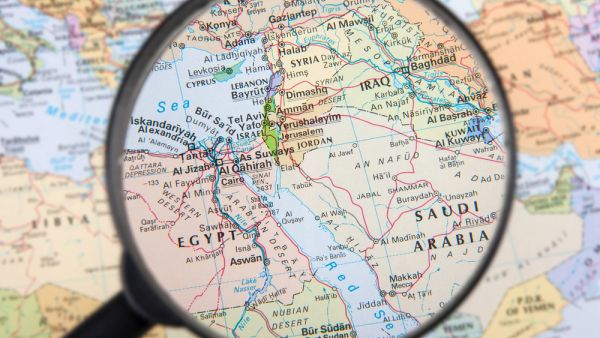GDP supported by aviation in the Middle East region could fall by up to $85bn, data provided by International Air Transport Association has shown.
The latest assessment from IATA Economics shows that the outlook at the national level has worsened for major aviation markets in the Middle East since June.
For example, the passenger numbers, jobs at risk and GDP impacts for the five biggest Middle East markets all have declined.
Job losses in aviation and related industries could grow to 1.5mn in the region. That is more than half of the region’s 2.4mn aviation-related employment and 300,000 more than the previous estimate.
Full-year 2020 traffic is expected to plummet by 56% compared to 2019. Previous estimate was a fall of 51%.
To minimise the impact on jobs and the broader Middle East economy, an accelerated recovery of air transport across the region is paramount, experts say.
This, they suggest can be achieved through government action in two priority areas – continued financial and regulatory support and harmonising the restart of air transport across the region.
In particular, the Middle East region’s aviation industry seeks direct financial aid such as wage subsidies and loans, an extension of the waiver to the ‘80-20’ slot rule, and relief from taxes and charges.
Some governments in the Middle East have provided certain relief to aviation. However, the situation is not getting better, experts say and urge governments need to continue applying relief measures – financial and regulatory.
A regional priority is securing support in the form of wage subsidies and loans as well as an extension of the waiver for the ‘80-20 use-it-or-lose-it’ slot rule. This is needed to provide critical relief to airlines in planning schedules amid unpredictable demand patterns.
Some countries in the Middle East are opening their borders to regional and international air travel but inconsistent application of biosafety measures along with unnecessary entry requirements are deterring passengers and suppressing the resumption of air travel.
Harmonising the restart of aviation across the region is critical for economic recovery. Therefore, governments need to implement the common global set of air transport biosecurity measures, contained in the International Civil Aviation Organisation’s CART Take-off Guidelines.
“Businesses which contribute substantially to the region’s GDP and provide thousands of jobs are at risk without these vital connections. For the region’s economic recovery, it is imperative that the industry restart safely as soon as possible,” points out Mohamed al-Bakri, IATA’s regional vice president (Africa and the Middle East).
Aviation supports livelihoods, trade, education, good health and wellbeing, and quality education. It reduces hunger and poverty and ensures access to essential medical supplies and humanitarian aid, as proven throughout this crisis.
Covid-19 has already brought Middle Eastern economies to their knees. Containing the pandemic, therefore is the region’s top priority.
And without air connectivity being re-established, the socio-economic impact will only get worse.

The latest assessment from IATA Economics shows that the outlook at the national level has worsened for major aviation markets in the Middle East since June. (Shutterstock)
Highlights
GDP supported by aviation in the Middle East region could fall by up to $85bn, data provided by International Air Transport Association has shown.
The impact on the Middle East aviation industry and on economies caused by the shutdown of air traffic due to the Covid-19 pandemic has deepened over the last few weeks.







